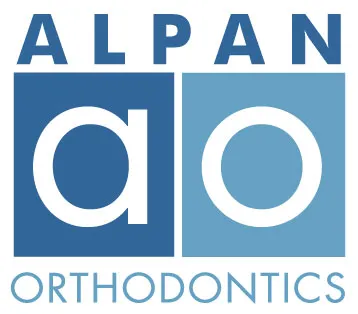LAS VEGAS, NEVADA – Many technological advances have been made in the field of orthodontics during the last decade, including the development of temporary anchorage devices that can be used to treat complex malocclusions and may prevent the need for oral surgery.
This orthodontic treatment is one that Dr. David Alpan has been using at his Larchmont orthodontic practice since 2006. TADs are mini implants or mini screws placed in the jaw that are used to move teeth without using other teeth as the anchor.
“With traditional braces, the wire ties all the teeth together and any movement of one tooth will affect the others,” Dr. Alpan explains. “A temporary anchoring device allows one tooth to be moved without impacting the adjacent teeth.”
A treatment plan that includes TADs can shorten overall treatment time and prevent the need of mini implants or jaw surgery. Dr. Alpan uses the VectorTAS, which stands for temporary anchorage system, a product from orthodontic technology leader Ormco, who also distributes Damon Clear braces.
“Orthodontists can get better angles and forces using TADs to help move the teeth, usually much faster and often eliminating the need for headgear or oral surgery,” Dr. Alpan says, who provides braces for adults and children.
Types of Malocclusion Treatable With TADs
VectorTAS is certainly ideal for complex orthodontic cases:
• Space Closure
• Canine Impaction
• Molar Intrusion & Uprighting
• Maxillary Occlusal Cant
• Closure of Anterior Open Bite
Prior to TADs, Dr. Alpan says that orthodontists relied predominantly on the molars to serve as anchors when attempting to shift the teeth into proper alignment, especially when a patient had front teeth that were severely protruded. Now, he can put microimplants on each side of the jaw in the back and attach elastics to the teeth he wants to move back.
Placing The Device
To some people, putting small screws into the jaw may sound painful, but it can be done relatively painlessly using a needle-free anesthetic. True to their name, microimplants are very small, about half the width of a person’s thumbnail and about as big around as the head of a pin. The tiny devices are screwed into the jaw in the locations the orthodontist has deemed necessary.
“As soon as the TAD has been placed, we load the spring and the device is working to correct the patient’s bite immediately, which means people often see results very quickly,” he says.
The procedure takes about ten or fifteen minutes to install and less than a minute to remove when orthodontic treatment is finished, according to Dr. Alpan. He has placed hundreds of TADs where patients experienced no pain or sensitivity throughout the process.
“The VectorTAS is cutting-edge technology, the very best in innovation for our patients’ orthodontic care,” he says. “That is what we want to continue to provide at our practice.”


